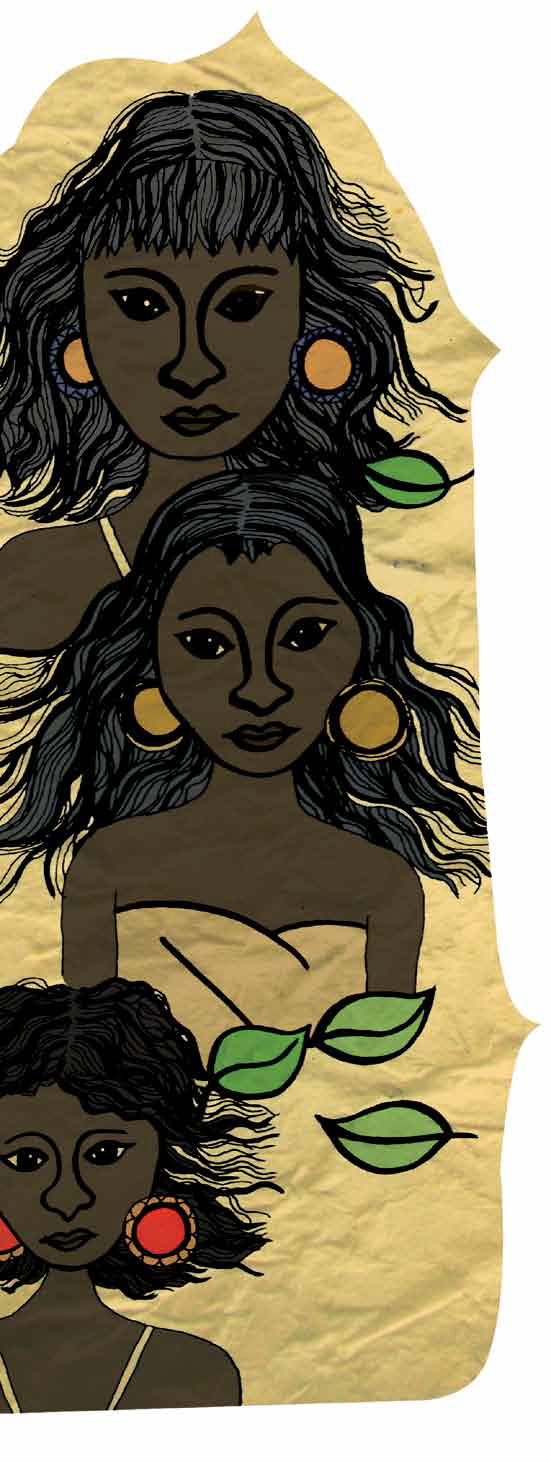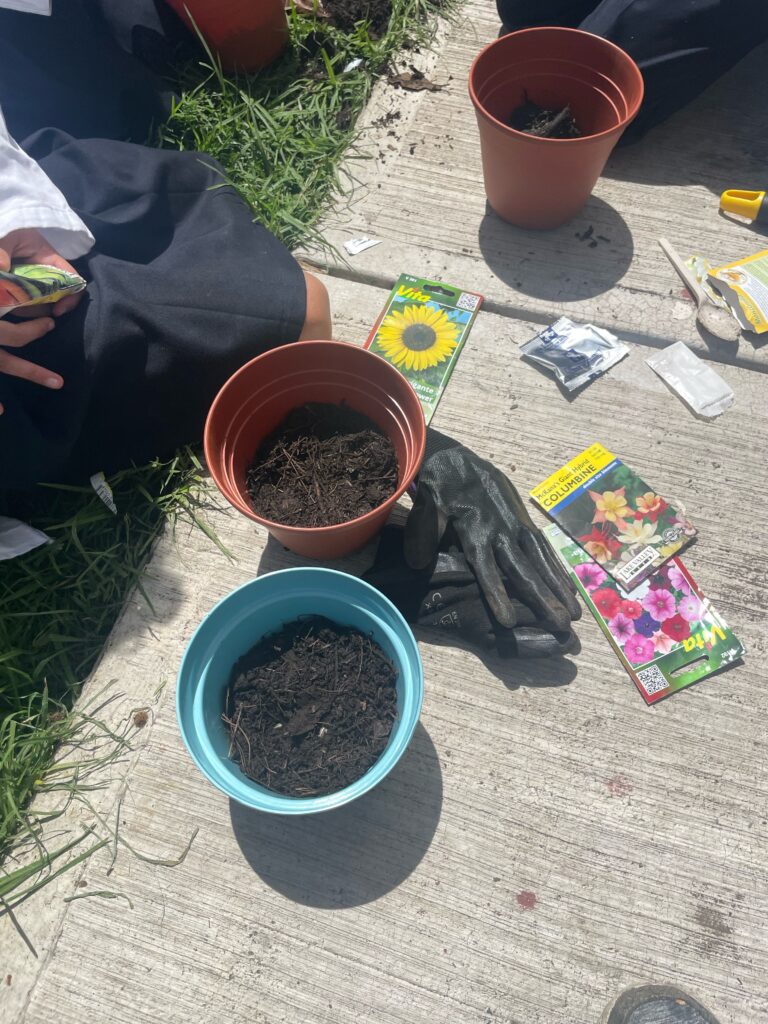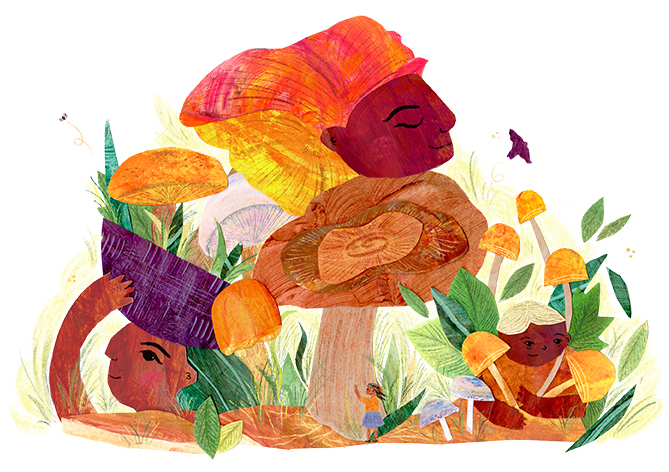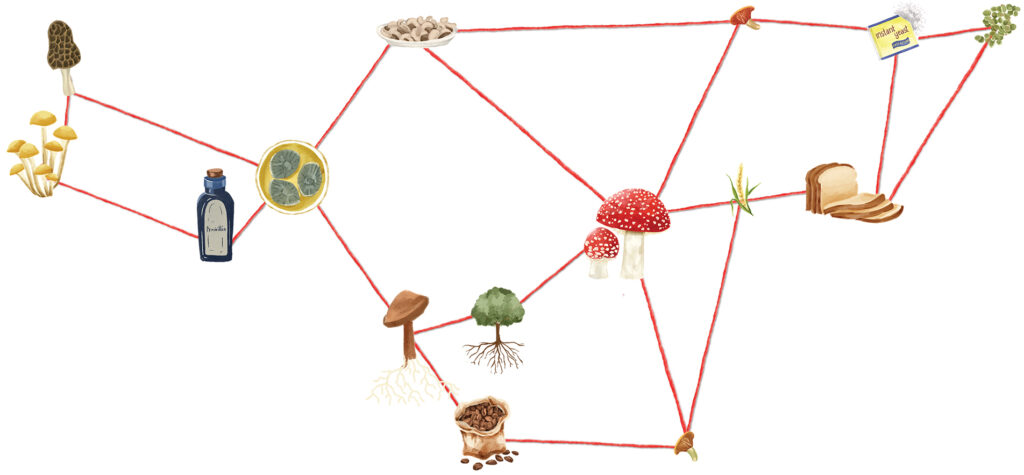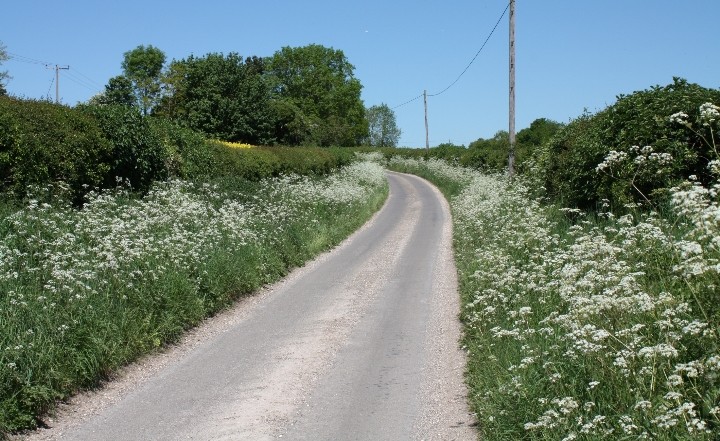A NEW BILL TO EMPOWER PEOPLE STAYS A PIECE OF PAPER
‘A piece of paper’ was how some Paniyas of Wayanad referred to compensation received under the Forest Rights Act, 2006 (FRA). Wayanad, a district in the Western Ghats of Kerala, lies in the state’s north-eastern portion. Thirty seven percent of Kerala’s adivasis (tribals) live here. These include, besides the Paniyas, the Kattunaikka, Kuruma, Adiya and Kurichian. The Paniyas were bonded serfs till the 1970s, after which bondage was abolished. They then became a timid and cheap labour source in local and settler farms. Despite government land distribution schemes after abolition of bondage, many continued landless. They form the majority of the landless in Wayanad.
The Forest Rights Act was passed in 2006, and aimed to redress “historical injustice” against tribals and forest dwellers, who were traditionally overlooked during the state appropriation of forests under the Indian Forest Act, 1927. This landmark bill aims to give forest dwellers the rights to own/claim land, cultivate, and collect non-timber forest produce, amongst other provisions. Why then were the Paniyas pessimistic about this piece of progressive legislation?
The process of vesting rights
The FRA requires a number of institutional structures to be set up to accomplish the goals of the Forest Rights Act. Gram Sabhas (local self-governments at the village or small-town level) are required to elect a Forest Rights Committee (FRC) from amongst their members. The FRC is to assist the Gram Sabha in conducting meetings, and in collecting and verifying claims. A tier above them, the Sub-District Level Committees (SDLC) collate and examine claims; and adjudicate on disputes. The District Level Committees (DLC) examine and approve claims in consonance with the Act’s objectives, and ensure that Gram Sabhas are conducted freely and openly, paying attention to participation by women at all levels.
In Wayanad, the State Tribal Department formed Gram Sabhas in December 2008 and FRCs were duly constituted. All the FRCs had Scheduled Tribe members with onethird being women in accordance with the Rules. The FRCs processed claims from colony members and verified them with the help of tribal promoters. These claims were then passed on to the tribal department from where they reached the SDLC. At the SDLC and DLC levels, most applications were approved. The process was well streamlined. Hand-written claims were computerized. Training was administered to persons involved in the online entry of the claims to be forwarded to higher authorities for approval. In Wayanad, this entire process was taken care of by three adivasi girls who had completed their schooling till tenth standard.
Entitlement Impacts
So what do the Paniyas from colonies in Noolpulzha and Pullpalli Panchayats have to say about the entitling process and the benefits? What collective dispositions towards the FRA do their comments suggest? The landless will remain so, they argue. Because of their earlier bondage to farmlands and later itinerancy as plantation labour, they did not possess forest lands in extents that the FRA’s entitling would render economically meaningful. Land rights now granted under the Act resulted in agriculturally unfeasible homestead rights. Additionally, with increasing population, three to four families lived in one house, and hence might not have been counted as separate eligible families when entitlements were paid. Records corroborate complaints over the small extents of lands that the Paniyas were vested with. The district received a total of 3,847 individual claims, with Paniyas representing a small fraction of this figure. Among Wayanad’s adivasi applicants, most received land under a three-tier distribution scheme. The first tier included adivasis who have applied for more than one acre of land, the second included those who applied for lands between fifty cents to one acre, and the third included all adivasis who applied for less than fifty cents of land. Most Paniyas featured in the third tier.
Although the vesting of land rights under the FRA in Wayanad was far more satisfactory in comparison to other districts and states, community rights have not been vested, though claims were processed. Both the tribal and forest departments have no clear explanation for the delay. The Paniyas had applied for community rights regarding firewood, fishing, amla collection, cattle grazing and burial grounds. A general feeling that they do not stand to gain much from such rights prevails, and is possibly the reason for the delay. While they did depend on forests for tubers, especially during bondage when they had little else to eat, post abolition of bondage, the situation changed. Work was available, especially in lands colonized and cultivated with cash crops by settlers, ensuring marginal income and food security.
Functioning realities
In Noolpuzha, Paniyas generally did not recall participating in FRC meetings. They knew of only two meetings that were held. The Pullpalli Paniyas recall only one FRC meeting being held. It is interesting that the Paniyas mention that only those who attend Gram Sabhas were aware of FRCs. Not everyone attends Gram Sabha meetings, as it is perceived that the meetings are talk with no evidence of implementation. Participation by women is also not at the levels prescribed. Paniya women in Noolpuzhla are otherwise occupied with routine work during meetings, which keeps them from attending. Such dismal Paniya representation is a function of combining factors such as prioritising of work over attending meetings, lack of awareness about such meetings and a perception that entitlements, especially land, were in extents that were not of much productive feasibility.
There is also not much dissemination, in Gram Sabha meetings, of community rights and duties prescribed under the FRA. Tribal promoters talk of such duties only in initial meetings. Only basic infrastructural problems are discussed, and people prefer to talk about lack of basic amenities. In discussions, Paniyas of Noolpuzha also talk of the forest department wanting them to vacate the forests. The Paniya, in general, exhibited a pessimistic disposition towards the FRA. For those who are familiar with these poor and powerless adivasis, the disposition will not come as a surprise. Many a state legislation on land reforms that sought to ameliorate the Paniyas’ condition did not have any cumulative and positive outcome. One particular Paniya’s opinion is representative of his people’s condition. He asks, “What help will the FRA bring? They are not giving us extra land. Only a paper for the house that we already own.” Further, “We are getting nothing more or nothing less than what we already have. And what we have is so little; two cents or five cents. If they were atleast giving us half an acre of land, one family could survive well. We could do agriculture”.
It is unfair to solely blame the FRA for not improving the Paniyas’ condition. The Act could end up adding itself to a long list of legislations that have remained ‘just papers’. But one had hoped that adivasis like the Paniyas would have benefitted a lot more from FRA entitlements.
Poorna Balaji and Siddhartha Krishnan are a PhD Student and Faculty, respectively, at the Ashoka Trust for Research in Ecology and Environment (ATREE), India. poornabalaji@gmail.com
Illustration: Kalyani Ganapathy
